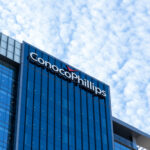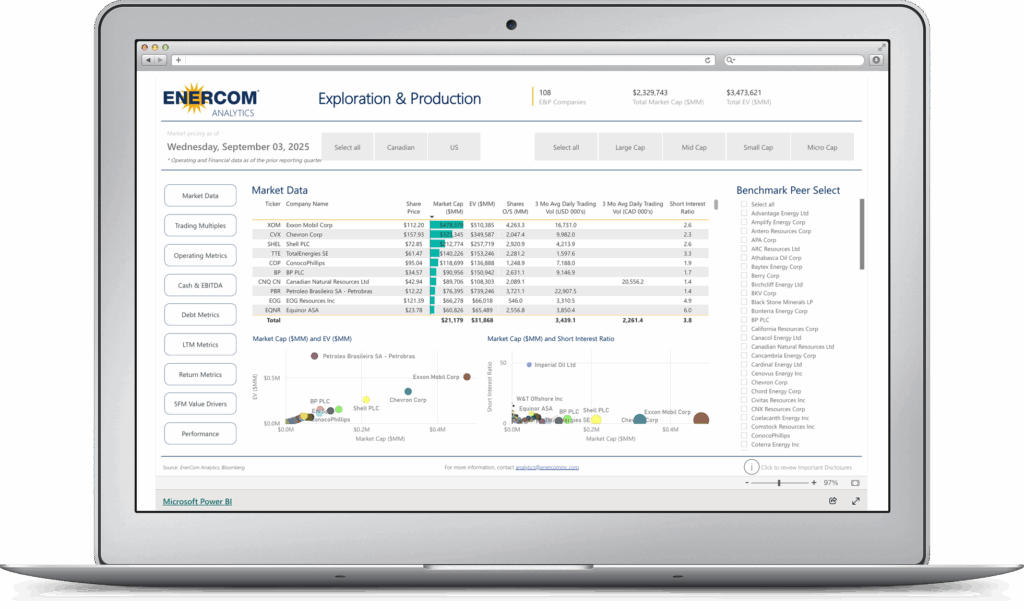For the first quarter, 2018, Core Laboratories N.V. (ticker: CLB) reported a net income of approximately $23.5 million, or $0.54 per share for Q1 2018. Revenue from continuing operations was $170 million, up over 8% year-over-year and operating income was $32.3 million, up almost 40% year-over-year.
Reservoir description and production enhancement
Reservoir description operations revenue in the first quarter of 2018 was $100.8 million, with operating income on a GAAP basis of $14.8 million. The company experienced increased demand for its highly-specialized core and reservoir fluids services in U.S. unconventional plays, Alaska and the Gulf of Mexico (GOM), in addition to a number of countries in the Middle East and Asia-Pacific regions.
Production enhancement operations posted first quarter 2018 revenue of $69.2 million – this figure is up 34% year-over-year and 6% sequentially. Operating income, on a GAAP basis, was $17.7 million (up 128% year-over-year).
Sales of Core’s perforating systems increased 19% sequentially during the first quarter of 2018, while the EIA reported that U.S. completions were up 9% sequentially. Therefore, Core continues to gain market share in the technologically advanced perforating markets.
Cash is flowing
During the first quarter of 2018, Core continued to generate free cash flow (FCF), with cash from operations of $23.1 million and capital expenditures of $4.4 million, yielding FCF of $18.7 million.
Core said its free cash will continue to be returned to shareholders via the company’s regular quarterly dividend and share repurchases. The company repurchased 30,298 shares during the first quarter of 2018 at an average share price of $109.26.
Q2 2018
Core expects consolidated second quarter 2018 revenue of approximately $177 million to $179 million and operating income of approximately $36.2 million to $37.2 million.
EPS for the second quarter 2018 is expected to be approximately $0.64 to $0.66.
Conference call Q&A excerpts
Q: Just one question as it relates to production enhancement… The Q2 guidance is certainly constructive with regard to sequential top line growth. But I wanted to just make sure I wasn’t misinterpreting the commentary with regard to potential constraints on completions activity. Is that a comment about just potential risks in the second half of the year, given some of the industry issues?
CEO David M. Demshur: Yeah, that’s correct, because if you look at – we’re projecting to add somewhere between $7 million and $9 million in revenue. All of that is owing pretty much to production enhancement. And with the increase in earnings that we’re going to report, again, all that is owing to the growth in production enhancement. So there might be some roadblocks out there for industry.
We put that out there as a warning. We think actually some of those bottlenecks are clearing now. So we expect another stellar performance out of U.S. land and production enhancement.
Q: So Dave, what will you attribute the acceleration in the perf systems’ sales in the quarter? I guess stage kind of likely outpaces completions, but any market share gains to speak of, are customers building inventory in advance of higher activity this year? Or just larger pad sizes all kind of?
Demshur: Yeah, the way we think of it because of licensing that’s out there, really, our clients do not keep inventory. It’s usually a call off of our inventory.
When we see this technology gaining market acceptances, market penetration and market share, we expect to continue seeing our production enhancement energetics revenue clearly outpacing U.S. completions.
Couple of reasons behind that, again, greater market penetration, taking greater share, but if we look at the number of perf clusters per stage, we believe that, that still has a long way to run. Average perf cluster per stage right now is 5 to 6. We’ve seen some of our clients experiment with as many as 15 perf clusters per stage.
That’s a big incremental push for us. So a combination of all those factors, we still should see our energetic systems continue to grow at a rate greater than U.S. completions margin expansion due to higher incremental margins.
Q: Guys, can you give us a breakdown just generally on your revenue base between IOCs, NOCs and independents?
Demshur: Sure can. If you look at it, about 30% of our revenue is from the large integrated oil companies, 15% from national oil companies, leaving 55% from all the independent operators worldwide.
Now, we would say that that might be slighted a little bit towards the majors and away from the NOCs. For instance, we do a lot of work in the southern portions of Iraq. That work is done for BP, but it is paid for by the Southern Iraqi oil company. But that on a GAAP basis gets thrown into their basket, as opposed to BP’s basket. But that gives you kind of a good feel for our revenue mix worldwide.






